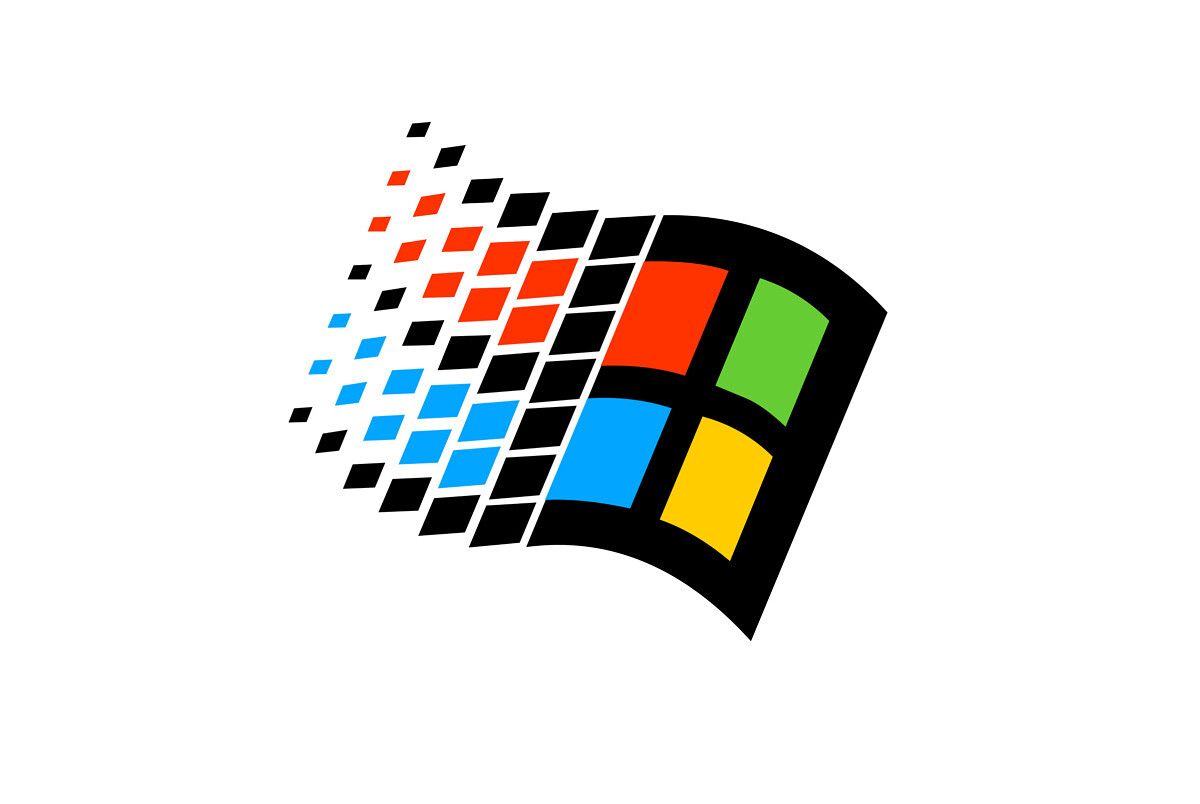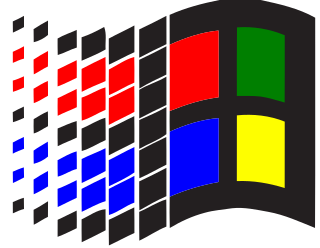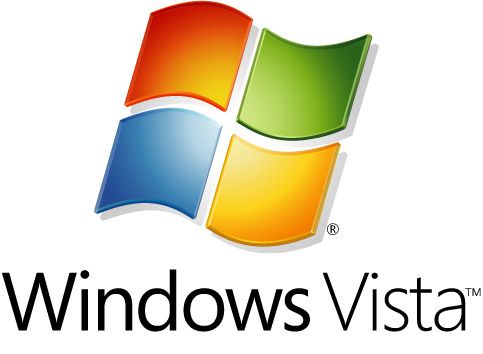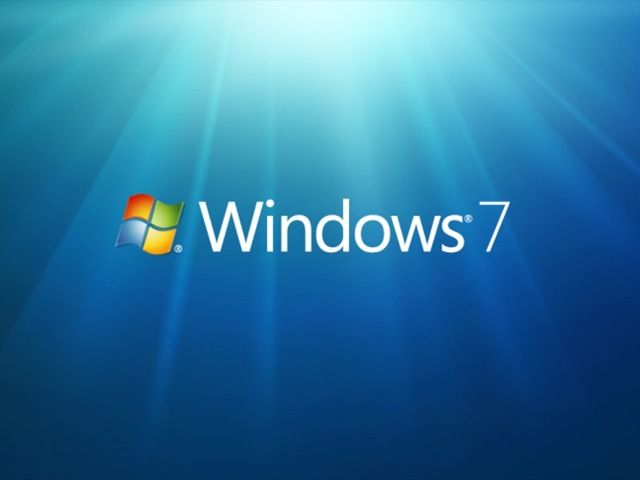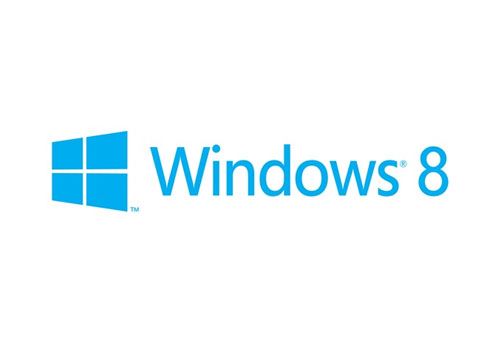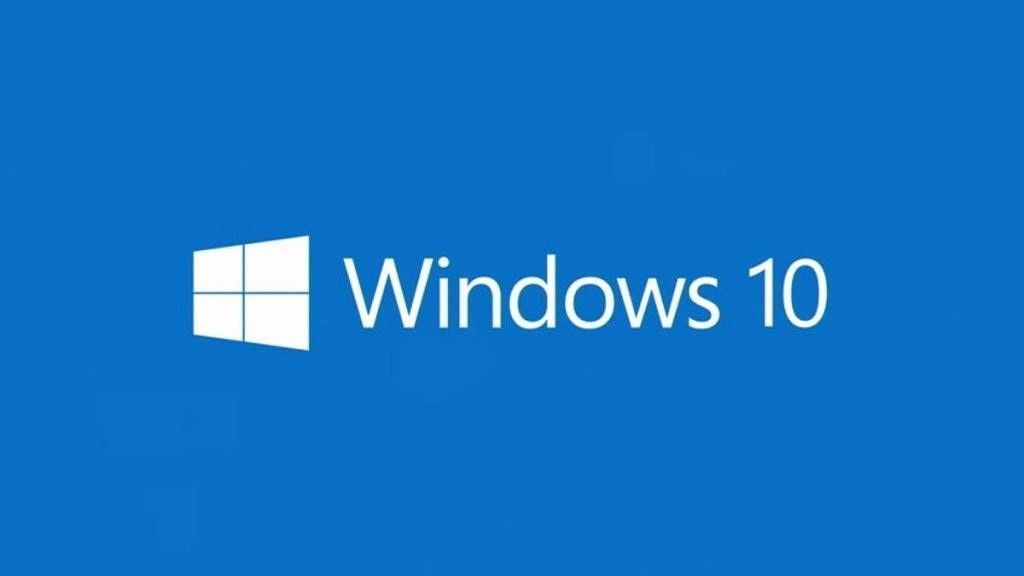Microsoft Windows is 35 years old. On the 20th of November in 1985, Windows 1.0 was released, giving IBM-compatibles (what we now just call PCs) their first Graphical User Interface (GUI). At XDA, our relationship with Windows is kind of complicated and has ebbed and flowed with Microsoft’s mobile ambitions. One thing is for certain though. Without Windows, none of us would be here. So let’s take a potted look back at the operating system that shaped the others.
In the beginning...
Before there was Windows, Microsoft already had a firm grip on the PC market, as the designers of MS-DOS, the command language whose distant descendent can still be accessed via the CMD window today. Inspired by the likes of 1973’s Xerox Alto which came with a GUI out-of-the-box, and even earlier examples like 1963’s CAD-based Sketchpad, in 1981, a young Bill Gates began designing a WIMP GUI (Windows, Icons, Mouse, Pointer) to make the fledgling PC market more accessible.
The development cycle was slow, and by the time it came to market, several companies, including Apple, were already running GUIs, but Windows was something new. Apple had already demonstrated that using an operating system with a GUI was ‘democratising’ — the famous Ridley Scott 1984 Mac commercial saw to that, and so for many, the advantages of Windows over MS-DOS were already sold.
By late 1987, Windows 2.0, supporting i286 processors, arrived, and with it, a copyright lawsuit from Apple. Ultimately Microsoft won, given that most aspects of both operating systems came from the same influences. Windows 2.0 was the first version that allowed Windows to overlap, rather than be placed side-by-side in a dashboard formation. Windows 2.1 came in two versions — one for i186/i286 and one for i386 processors.
Third Time's The Charm
Windows 3.0, released in 1990, was the breakthrough version and introduced virtual memory and allowed programs to reserve memory for specific tasks. Two years later, Windows 3.1 gave a new coat of paint and introduced us to “Windows for Workgroups”, the first edition aimed at allowing peer-to-peer networking in the office. (There was also a Windows 3.2, but it was only released in China).
The first version that most people remember was Windows 95, released in a hail of publicity and Rolling Stones endorsement. As well as looking like “Windows from the future”, it also was the first to allow you to run native 32-bit applications inside the GUI. It also brought plug-and-play, the first time you could add a printer, mouse, etc, without installing the drivers yourself. But the most important change in Windows 95 was the addition of Internet Explorer. Yes, this was Windows for the Internet age.
Windows 98 followed, and in 2000, the last MS-DOS version of Windows was released — Windows ME (Millenium Edition). It was universally loathed and began Microsoft’s cycle of “one good release, one bad release” which served them for the next 15 years.
Kernel Panic
Concurrently to all this, Microsoft had been working on Windows NT, an entirely new version of Windows that didn’t rely on DOS. It was aimed at enterprises, with the DOS version continuing to dominate. It was released concurrently with MS-DOS versions and used the same numbering system, right up until Windows 2000, which, as the name suggests, was released in 2000, alongside Windows ME. So many people chose Windows 2000 that a rethink was called for.
A year later, Windows XP arrived. It was the first unified edition of Windows, offering variants rather than two different versions. This was a game-changer. By this time, most offices were online, and many homes were dabbling with the Internet too. There were versions for servers, for tablets (long before the iPad and about 4 times the size), a media center edition, and an embedded version for specialist devices like ATMs.
At the same time, a separate edition, called Windows CE, was designed for mini-PCs, and it was running on its own kernel. That’s the version that also produced Windows Mobile, which our long-time readers might remember. It’s the operating system that inspired us to start XDA-Developers. Of course, running different kernels meant that the two systems were almost entirely incompatible, something that would plague Microsoft until it gave up on mobile development altogether.
Alter Vista
By the time Windows Vista arrived in 2006, Windows ruled the world. Almost every desk had a PC, and every PC ran Windows XP. So when Vista lumbered onto the scene with its beautiful new design and increased security from Windows Access Control (shudder), it seemed, at first glance, like the OS we’d been waiting for. But remember how we said there was one good version and then one bad version? This was the bad version. It was huge in size, carrying bloated code from the previous 15 years of Windows NT. Its memory footprint was massive, meaning that many older machines couldn’t run it. Drivers for Windows XP were almost completely incompatible with Vista, leaving many devices effectively useless until the manufacturers had rewritten them. Still, it wasn't all bad. Vista still remains the only version of Windows that allows .mpg files as desktop wallpaper. The only problem was nothing else could run at the same time.
Microsoft tried to turn the tide in 2007 with what it called “The Mojave Project”, offering a focus group who had decided not to upgrade to Vista see “Windows Mojave” which was set to be released in 2008. Of course, it was just Windows Vista, and the whole thing was like mashing up vegetables into a child’s dinner. Vista’s reputation remained in the mud and uptake was limited.
Seven Nation Army
In an attempt to turn the tide, Microsoft released Windows 7 in 2009, which brought back more of the Windows XP experience but in the Vista shell, and with large chunks of redundant code stripped out to make it more agile. Apps and drivers designed for Vista were more or less 100% compatible with Windows 7, and the combination meant that Windows 7 received rave reviews and continued to be the most popular version of Windows by market share long after it had been superseded. It also brought multi-touch support and HomeGroup — a home user version of Workgroups — reflecting the fact that the days of just one device in every home were long gone.
By this time, the market had changed beyond all recognition. Form factors had started to spring up that had never been considered before — smartphones and tablets were becoming the norm, while widespread adoption of Wi-Fi brought us Netbooks and UMPCs. This, in turn, led to the arrival of alternative operating systems. The iPhone and iPad had, in turn, brought more people to Apple's Macs, whilst Google decided that a small Linux-kernel based mobile operating system called Android would be a good punt.
The problem was that Microsoft was still in denial of this trend. It knew that people had choices beyond Windows, but assumed that it could do no wrong. Windows Mobile has been succeeded by Windows Phone which was based on the Windows NT kernel. Microsoft reasoned that by bringing the desktop and mobile operating systems closer together, it could overcome the threat from Android and iOS. The problem with that assertion was that in doing so, it nullified the entire previous Windows CE Mobile platform and the hundreds of thousands of apps that had been written for it. It was starting again in mobile as a late bloomer. After all — with its dominance of the desktop, what could go wrong?
Start/Stop
Then came one of the biggest missteps of all. Windows 8 brought a change that no one had asked for, and no one liked. It removed the iconic “Start” button, a feature of Windows since 1995. Windows 8 also brought in the “Metro” interface — a skin-on-the-skin that was meant to bring a commonality to all form factors. The problem is, it never worked. Windows Metro (now the Universal Windows Platform or UWP) was another example of Microsoft’s strategy of slashing-and-burning much of what it had done before, and although the original desktop and Win32 compliance remained, it was all fiddly and felt very “bolted on”.
Microsoft released a premature update called Windows 8.1, offered as a free upgrade, that returned much of the lost functionality, but the damage was already done. The last remaining netbook users were moving to Linux-based systems. Windows Phone 8 never captured the imagination and never achieved the interoperability with Windows 8 that had been promised. Android was now the dominant mobile OS, Mac usage was growing, and people could see for the first time that “Computer” didn’t have to mean “Windows”.
Anyone For Ten?
As we come closer to the present day, a complete rethink was required. Satya Nadella was now at the helm of Microsoft at a time when, for the first time in its history, it was no longer the dominant force it had always been.
Windows 10 was the biggest strategic change in Windows history. Windows 9 had been skipped over, presumably with Windows 8.1 meant to serve in its stead. For the first time, Windows was to become “software-as-a-service” with upgrades being offered as a complimentary download. When it was launched in 2015, it was offered as a free upgrade to anyone running Windows 7 or Windows 8.1 (Windows 8 users would need to upgrade to 8.1 first). But that came with its own perils. This was a Microsoft of aggressive updates, with nag screens, pop-ups, and crippled functionality to those who ignored new versions.
The biggest upset came when it was discovered that Windows 10 was downloading in the background on machines that hadn’t requested it, causing people on metered connections to run up huge, unexpected bills. Microsoft initially doubled down on its approach but then calmed down with the pop-ups and added a toggle to mark a connection as metered. It took another few years before it finally allowed users to delay updates until they were ready for them.
Windows Phone had been quietly ditched at this point, with its staff, including thousands who had been brought over from Nokia when Microsoft purchased it to make its branded handsets, redeployed or downsized. Microsoft now uses Android as its mobile partner and released its first Android handset, the Surface Duo, just a few months ago.
And so, as Microsoft Windows drifts towards middle-age, it’s no longer the only game in town. It has had to adopt changes in the way we work, play, and live, at the same time as changing them for us. Sometimes, just sometimes, it gets it wrong because it still tries to lead the consumer rather than follow its direction of travel. But still — Happy Birthday Windows. Because there’s little doubt that without Windows, there’d be no Android. And without Android, there’d be no XDA.

